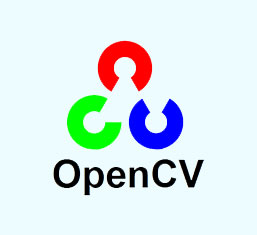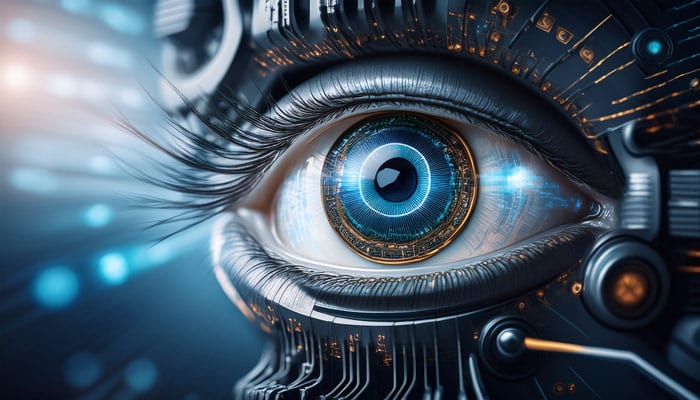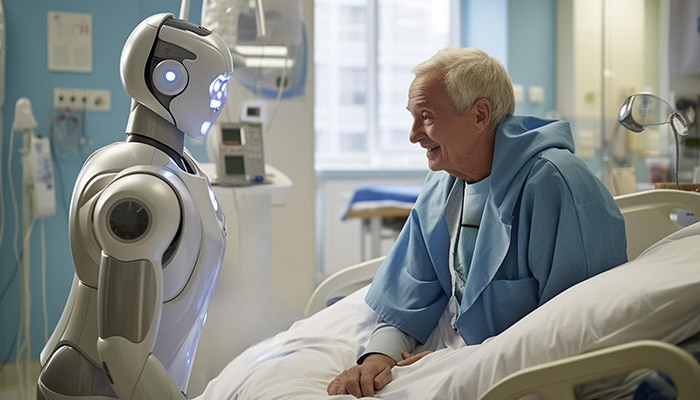
Computer Vision Engineers

Successful Projects

Reduction in Manual Errors

Years’ Industry Experience

A highly experienced computer vision engineer, adept in designing and optimizing machine learning models for object detection, recognition, and tracking.







A skilled machine learning engineer, well-versed in implementing deep learning frameworks such as TensorFlow and PyTorch for building computer vision applications.







A professional data scientist with extensive experience in developing robust data preprocessing and augmentation techniques to improve model performance.
























Kick-start your project straightaway with our popular No-Obligation, No-Payment
1-Week Free Trial. Continue with the same resource if satisfied.

Our free, quick, bespoke hiring process helps you save on not just expensive local recruitment fees but also lengthy waiting periods to hire just one resource.

Get your own 'office in India’, do away with pesky issues such as HR, Admin, Payroll, etc., and only pay your computer vision expert’s salary.

As an ISO27001:2013 certified and CMMI Level 3 assessed company, VE assures its clients of breach-proof data security and confidentiality at all times.
VE’s computer vision engineers start by identifying project needs and goals by collaborating with key stakeholders to grasp the challenge and outline objectives. They collect and examine data requirements like input sources and preferred results. The project is broken down into manageable user stories prioritized in the product backlog. Over sprint planning, clear objectives and deliverables for the primary initial sprint are defined to match the project’s vision.
Our computer vision experts then concentrate on gathering and preparing data for model training. They collect video and image data from multiple sources and interpret it to deliver ground truth for supervised learning models. Data quality is ensured by implementing data preprocessing techniques such as resizing, augmentation, normalization, and noise reduction. Also, Exploratory Data Analysis (EDA) assists in understanding data distribution to ensure readiness for model development.
Post data collection and preprocessing phase, your computer vision developers at VE create and train models through agile iterations. They select appropriate deep learning or machine learning algorithms as per project requirements. Initial model prototypes are built and trained utilizing preprocessed data along with hyperparameters adapted for peak performance. Model evaluation is performed using metrics such as accuracy, F1-score, and recall. Feedback from iterative sprints steer enhancement in model design and training.
After the development and training phase ends, VE’s computer vision development team integrates the model into the app to ensure functionality through extensive testing, which involves system, integration, and unit testing. CI/CD pipelines help automate testing and deployment to improve efficiency while user acceptance testing ensures your system aligns with user requirements. Testing feedback enables model refinement and ongoing sprint reviews guide added improvements.
Finally, our computer vision experts deploy the developed solution within the production environment (web apps, IoT devices, mobile apps, etc.). They monitor the system’s performance and collect user feedback to enable constant improvements. Consistent sprint reviews recognize improvement prospects with updates based on technological enhancements and user feedback. Also, our experts maintain the deployed solution to ensure long-term reliability, scalability, and success.


Our VE helped us develop several large-scale predictive models even for our business.

VE’s skilled developers helped create fantastic and futuristic end-results for our business.

VE's developers have made a major impact on our overall development lifecycle.


No card details required.

Senior technical architect's assistance.

Keep all the work. It's yours.

As a generation, we are currently going through a unique collective experience – we occupy front-row seats as Artificial Intelligence (AI), along with its applications like computer...
Read More >
A young radiologist stares at a chest CT scan. The patient's life is at stake. The lesion is subclinical, hardly discernible from neighboring tissue, and minutes count. But the physician is...
Read More >
For many years, diagnostic medicine functioned under a heavy load of doubt. Pathologists tediously reviewed glass slides on microscopes, frequently overlooking initial evidence of cancer due to...
Read More >